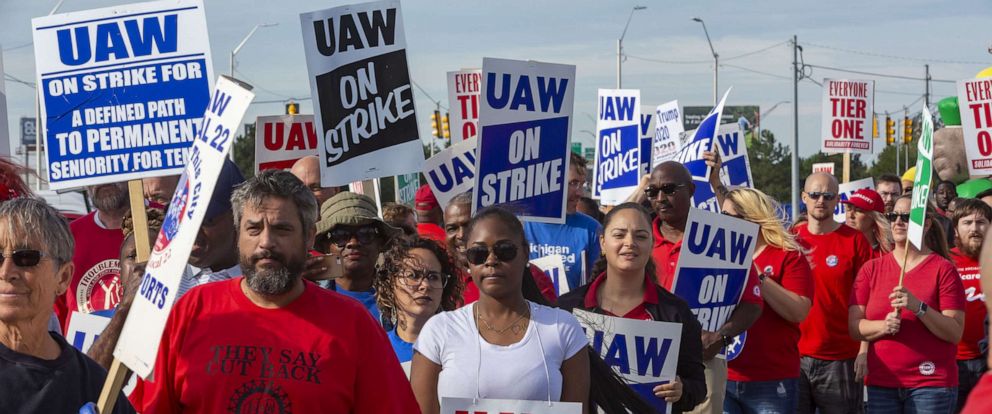GM and UAW Reach Tentative Deal

As the GM strike entered its fifth week, the United Auto Workers union announced that picketing workers can expect an extra $25 a week from the union’s strike fund. GM, on the other hand, can expect its dealers to face increased difficulty in sourcing certain replacement parts, while others worry about the prospect of subpar inventory. The UAW’s bargaining team presented a new comprehensive offer to GM as talks continued. In addition to the slightly boosted strike pay, the UAW also lifted the cap on cash earned at outside jobs. Starting Sunday, workers moonlighting at other jobs can keep the full strike payment, regardless of what they made in their alternate gig. Strike payments are typically clawed back on a dollar-for-dollar basis after the worker passes the $250 threshold.
In addition to a host of other issues, health care sits near the top of UAW concerns in this latest round of talks. With GM looking to downsize in an era of shrinking auto sales and economic uncertainty, offering generous health benefits represents a major cost to each company. An agreement was reached between GM and the UAW that keeps the previous health care arrangement intact. The agreement keeps the arrangement where workers cover just 3 percent of their health care costs — an agreement GM briefly abandoned earlier in the bargaining process. The automakers would undoubtedly seek concessions in other areas but unions are not prone to accept concessions lightly.
In the tentative deal with General Motors, the union won on many of its goals, including a path to permanent employment for temporary autoworkers, a faster route to top pay for workers hired after 2007 and a flattened pay structure for permanent employees, who would reach $32.32 per hour by the end of the four-year deal. The biggest obvious loss for the union is the continued closure of the Lordstown Assembly plant in Ohio.
The Lordstown Assembly Plant in Ohio is to remain closed, as will transmission plants in Warren and Baltimore; and a parts distribution center in Fontana, California, will close during the term of the contract. The union said it negotiated assistance packages for workers at Lordstown, Warren and Baltimore transmission plants, including $75,000 payments for eligible production workers and $85,000 for skilled workers who retire. There are also buyout options for those not eligible to retire.
Some other features of the deal include UAW-represented GM workers will get a bonus of $11,000 upon ratification of the deal and temporary workers will get $4,500. GM will invest $7.7 billion in U.S. facilities to create or retain 9,000 jobs. There will be wage increases of 3% in the second and fourth year of the contract, with 4% lump sum payments in the first and third years. Temporary workers, who have been paid $15-$19 an hour with inferior benefits to permanent autoworkers, get a path to a permanent role starting next year. Part-time workers get a path to regular status starting in 2021. These workers also get improved paid and unpaid time off. By September 2023, all permanent manufacturing employees will be at $32.32 per hour.
The tentative deal is far from perfect and the UAW is trying to persuade union workers to accept the deal. Experts said General Motors has lost more than $1 billion in profits, while line workers have lost nearly $750 million in income. With the state of Michigan are losing tax dollars, there’s a growing sentiment that something has to change soon and many hope this deal will finally end the strike.



Comments
Not found any comments yet.